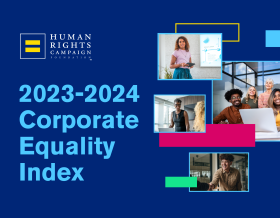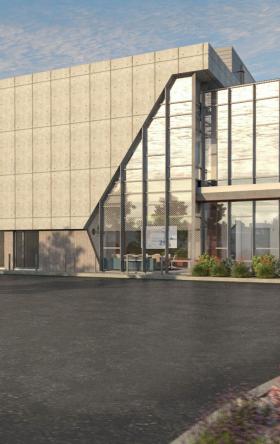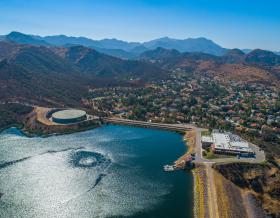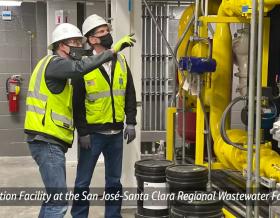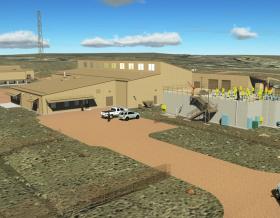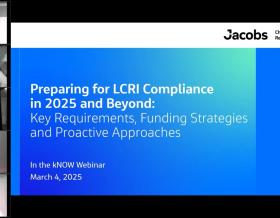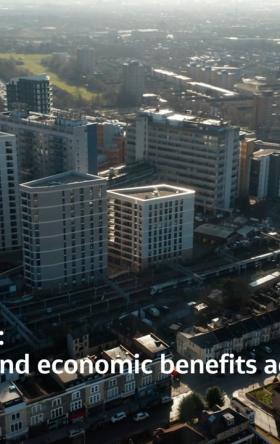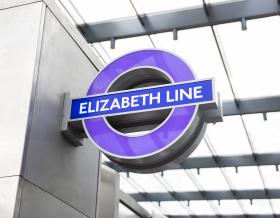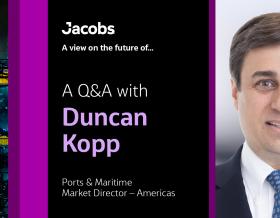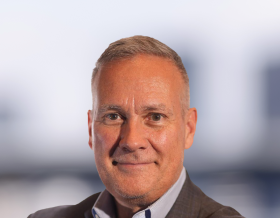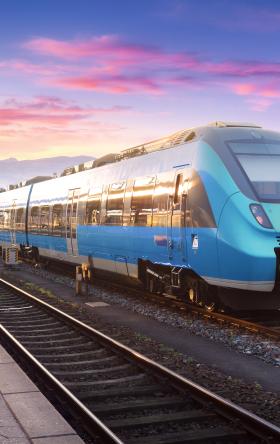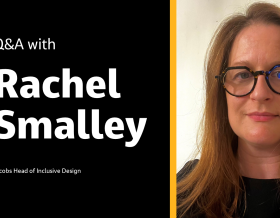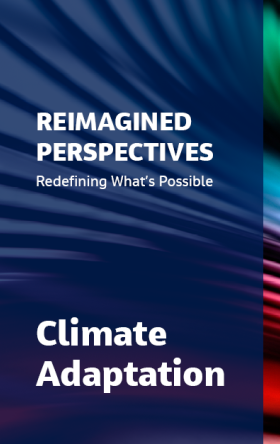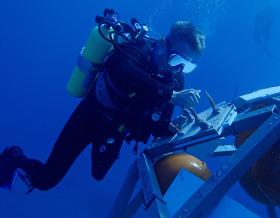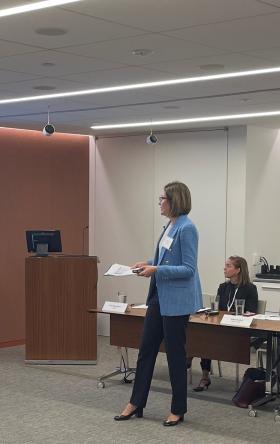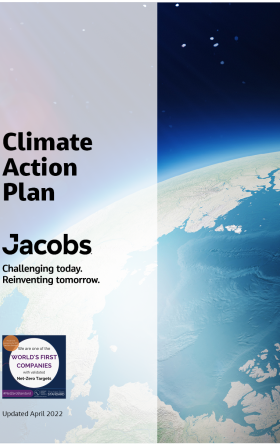Building Cities That Endure, Evolve and Inspire: Meet Robert Marshall

Robert Marshall has followed urban planning and design opportunities around the world, living and working in cities across North America, Asia and the Middle East.
From his early research into Montreal’s neighborhoods to shaping the master plan for Dubai Marina, Robert has consistently focused on people-first planning that balances livability, scale and long-term growth. Now based in the Middle East, he sees the region entering a new phase of city-making—where planning is less about reacting and more about leading.
Get to know Robert
-
9
The number of different countries that Robert has lived in over the course of his career
-
33
The number of different countries that Robert has worked in on Master Planning projects
-
128
The average number of international flights per year that Robert took between 2010 and 2020 and the start of COVID
What drew you to master planning as a career—and what keeps you inspired after more than 35 years in the field?
My path started through history. I was doing research on urban form and architectural development for the Canadian Centre for Architecture and became fascinated with how cities grow and change. That curiosity, along with a trip to Venice, made me want to help shape places that endure, that evolve beautifully and that work for the people who live there.
Later, when I worked on the original master plan for Dubai Marina, I experienced the energy and impact of creating something entirely new. That’s what keeps me inspired: every city and client brings different challenges, but the goal is the same—places that are livable, vibrant and thoughtfully made.
With over two decades of global experience in master planning, how does your role today support Jacobs’ vision for delivering sustainable, people-focused cities—and how has your work in Toronto, Singapore and now the Middle East shaped that approach?
One of the greatest advantages of my career has been the opportunity to work in so many contexts. Each place has taught me something about what works and what doesn’t when it comes to city-building. My approach has always been “think global, act local.” I bring with me the best of what I’ve learned in North America, Europe and Asia, but I apply it with respect for local identity, scale and ambition.
At Jacobs, my role today is contributing to our Center of Excellence in Urban Planning, with the ability to deliver large, complex planning assignments. We’re helping clients move from fragmented ideas to fully integrated city visions—connecting infrastructure, policy and design in ways that support long-term growth.
Looking back on your career, how has your understanding of city-making and what defines success evolved?
My perspective has deepened with every city I’ve worked in. A successful city is one that’s livable—where people have easy access as pedestrians, supported by transit networks and high-quality public spaces that make you feel safe and allow you to appreciate the local environment.
What’s changed over time is our understanding of urban experience as a whole system. When I started, we focused more on individual components. Now, we’re looking holistically at how mobility, density, land use and green space come together to support well-being and economic resilience.
Cars, taxis and service vehicles have an important role in city life, but they shouldn’t dominate the urban experience. The pedestrian needs to be the unit of measurement, and that scale supports both sustainable urban density and the natural environment. We will never be able to build our way out of traffic congestion if the automobile remains the measure of city-building.
Transit-oriented development (TOD) is gaining attention in the Gulf. What are the core ingredients for getting TOD right in this region?
This is a natural step for rapidly growing Middle Eastern cities, where density and access are essential.
I recall the low expectations when Metro construction began in Dubai. One traffic engineer I knew predicted it would be like a carnival ride—people would try it once and then go back to their cars. By necessity, it has become the backbone of Dubai’s circulation network, continuing to grow while connecting existing centers and creating new ones. Dubai has become the model for every other fast-growing city in the region.
For TOD to succeed, the fundamentals are the same as elsewhere: concentrated mixed-use development, pedestrian access, quality public spaces and a focus on human scale. The difference here is the opportunity to apply those principles faster and often at larger scale. TOD in the Gulf isn’t about retrofitting—it’s about building it right from the start, which is both a challenge and an opportunity.
Affordable housing near public transport is a challenge in many growing cities. What approaches could help Middle East cities tackle this issue?
There’s growing awareness that affordable housing is not just a social issue, it’s an infrastructure issue. If people can’t live near where they work or access transit, it undermines a city’s functionality and sustainability.
In the Middle East, one solution is to move away from siloed housing models and embrace integrated, mixed-income development near transit corridors. This means rethinking zoning, introducing incentives for developers and ensuring that housing quality isn’t compromised by affordability targets. Cities like Dubai and Riyadh are already exploring these ideas. Now it’s about embedding them consistently in policy and practice.
Looking ahead, what types of master planning challenges are you most excited to help solve?
Climate resilience and everything tied to it. The stakes are higher now than ever before. Our cities need to become more adaptable, efficient and inclusive. What excites me is the opportunity to bring together long-term strategy with practical implementation—whether that’s planning for water-sensitive cities, creating frameworks for low-carbon neighbourhoods or aligning land use with public transport from day one.
In the Middle East, we’re seeing clients embrace that complexity. There’s a shift toward solutions that aren’t just visionary but also realistic, implementable and measurable. As master planners, we have the chance to help formulate strategies, policies and recommendations at that level.

